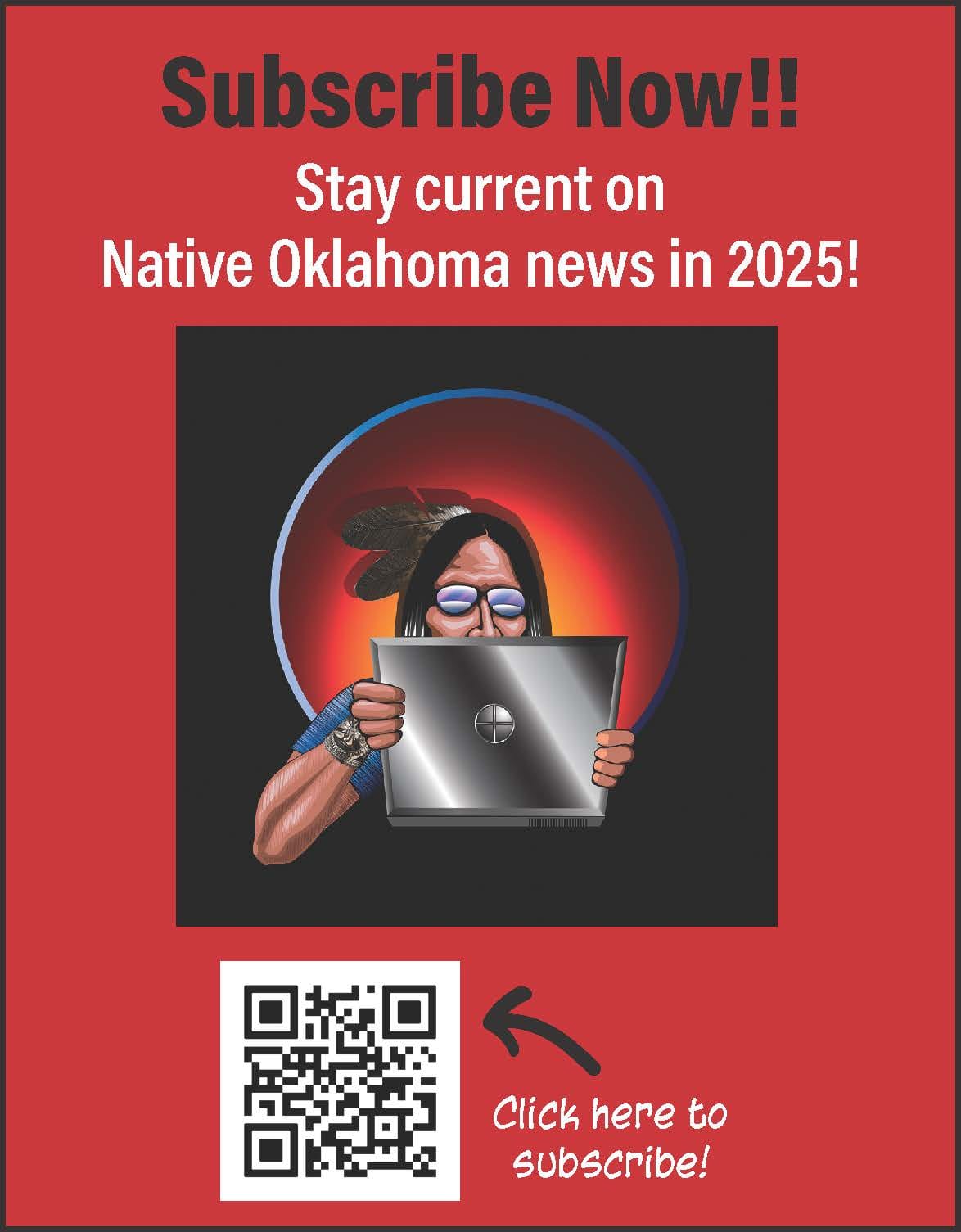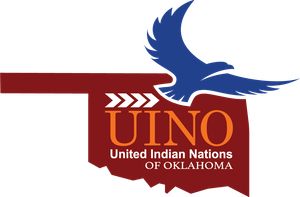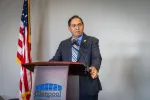

Trump budget proposes nearly $1B in cuts to tribal programs
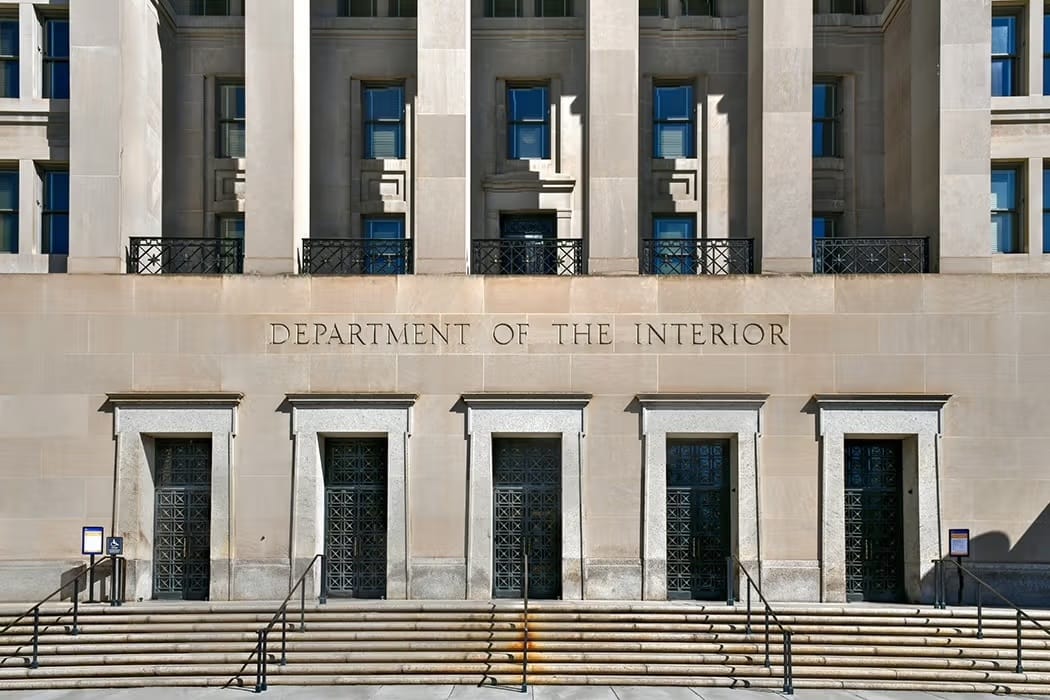
by Chez Oxendine, Tribal Business News
President Donald Trump released a detailed look at his fiscal 2026 budget proposal that, if enacted, could reverse surging fortunes in Indian Country over the past several years.
Trump's 1224-page budget submission, released Friday evening, proposes cutting more than $700 million from Bureau of Indian Affairs programs, and $239 million from tribal housing programs. The Indian Health Service (IHS) would receive a small increase but still fall well short of a record high of $8.5 billion in fiscal 2024 — and far short of the $9.5 billion the agency says it needs to meet baseline health needs in 2026.
Many tribal-supporting programs would see either modest increases or significant reductions, following years of expanded federal investment.
The budget also proposes cuts that could impact Indian Country indirectly, including steep reductions in water funding and grants for community development financial institutions. Senator Patty Murray (D-Wash.), vice chair of the Senate Appropriations Committee, said in a statement that the budget proposal would slash “critical investments…in our country’s competitiveness and future,” including those for tribes.
“For President Trump: there's no billionaire left behind—and good luck to everyone else,” Murray said. “President Trump wants to let America’s small businesses go under, turn his back on our tribes, and let trash pile up at our national parks.”
Trump previewed many of the proposed cuts in a politically charged budget letter on May 2. In contrast, the 1,200-plus page technical supplement released Friday is a bureaucratic, non-political document intended for Congress that includes line-item details and offers a clearer look at funding levels across federal programs — including those serving Native communities.Key proposals affecting tribal programs include:
- The Bureau of Indian Affairs would drop to a $2.18 billion budget compared with fiscal 2025’s $2.91 billion allocation. The administration proposes to eliminate the Indian Loan Guarantee and Indian Land Consolidation Funds to save $617 million and cut $107 million from the Public Safety and Justice Program.
- Trump proposes a modest increase in discretionary spending for the Indian Health Service, with funding rising from $7.8 billion in fiscal 2025 to $7.9 billion in fiscal 2026 — both short of a fiscal 2024 high of $8.5 billion. Within that total, the budget would drop slightly due to a shift of $159 million in diabetes program funding from discretionary to mandatory.
- Indian Housing Block Grants, issued under the Native American Housing and Self Determination Act (NAHASDA), would drop from a record $1.12 billion in fiscal 2025 to $872 million in fiscal 2026 — a drop of more than 22%. However, the budget proposal appears to leave $150 million in competitive housing grants in place, despite a prior announcement to the contrary.
Other programs not directly targeting Indian Country also face cuts. The budget proposal eliminates funding for the Community Development Fund, which includes competitive grants for affordable housing assistance.
State and tribal programs that support drinking water and sewer systems could be cut at the Environmental Protection Agency. The budget proposes slashing the Drinking Water State Revolving Fund from fiscal 2025 allocation of $1.09 billion to just $150 million in fiscal 2026. In fiscal 2025, tribes received $22.5 million through this program.
The budget also proposes restructuring the Community Development Financial Institution (CDFI) Fund into the Rural Community Development Fund. The new structure omits a Native-specific set-aside: where the budget lists a total of $51 million for Native CDFIs in fiscal 2024 and 2025, the proposed 2026 budget eliminates this funding.
Trump also proposes $12 billion in cuts to the Department of Education, including reducing the maximum Pell Grant from $7,395 to $5,710 — a nearly 23% reduction. According to data published by the National College Attainment Network, more than half of Native American students utilize a Pell Grant.
The budget proposal is not yet law, and both Republican and Democratic lawmakers have said it is incomplete. Rep. Tom Cole (R-Okla.), chair of the House Appropriations Committee and a member of the Chickasaw Nation, told The Hill that Republicans need more detail. .
“There needs to be a lot more programmatic detail to write these bills to,” Cole told The Hill. “Their skinny line budget is just that. It’s not a full presidential budget.”
Murray said the budget wouldn’t make it far in the Senate under her watch. While the reconciliation process requiring only a simple majority will be used for Trump’s “Big, Beautiful Bill” soon, regular appropriations bills will require Democratic votes to pass.
“This is a draconian proposal to hurt working people and our economy, and it is dead on arrival in Congress as long as I have anything to say about it,” Murray said.
Editor's Note: This story has been updated to clarify the proposed discretionary budget for IHS and the shift of the diabetes program from discretionary to manadatory.

Osage Casinos shares record breaking distribution to Osage Nation
Osage Casinos also reports they are debt free on the property developments of the Pawhuska and Bartlesville casinos, with plans to expand the existing facilities in Sand Springs and Ponca City.

by Osage News staff
The Osage Nation government recently received a boost from Osage Casinos.
According to a prepared release, Osage Casinos distributed an additional $2.3 million to the Nation for its government operations following a successful year of financial performance. They currently distribute $75 million annually.
“We have made incredible strides toward a standard of excellence in all aspects of our business,” said Osage Casinos CEO Kimberly Pearson. “This distribution and our plans for the year ahead attest to Osage Casinos’ commitment to supporting our Nation and the momentum of our hard-working team. We’ll continue this energy as we seek to provide increased economic support for our Nation and top-quality entertainment.”
The increased distribution follows a successful audit that led to the 6.2% budget surplus. The decision marks the largest tribal distribution on record for the Nation, according to the release.
In addition to the approved plans for distribution and strong audit outcomes, the Nation’s Gaming Enterprise has built an emergency fund and achieved debt-free status on the construction of the new property developments in Pawhuska and Bartlesville.
Over the last two years, Osage Casinos opened two new hotel casinos in Bartlesville and Pawhuska, upgraded the Tulsa location with the addition of Coney Island and Swigs, a full-service bar and lounge area, updated the pool and outdoor recreation area in Skiatook, and launched plans to expand existing facilities in Sand Springs and Ponca City, according to the release.
“We are proud of the accomplishments and the outcome this brings for the Osage Nation. The team at Osage Casinos has put in the work to provide world-class gaming for thousands of visitors and continues to be the largest contributor to the annual budget of the Osage Nation,” shared Claudette Carnett, Chair of the Nation’s Gaming Enterprise Board. “Our leadership is diligent and we will continue moving forward to support the Osage people.”
United Indian Nations of Oklahoma extends its sincere gratitude to Oklahoma lawmakers for overriding Gov. Kevin Stitt's veto of MMIP bill
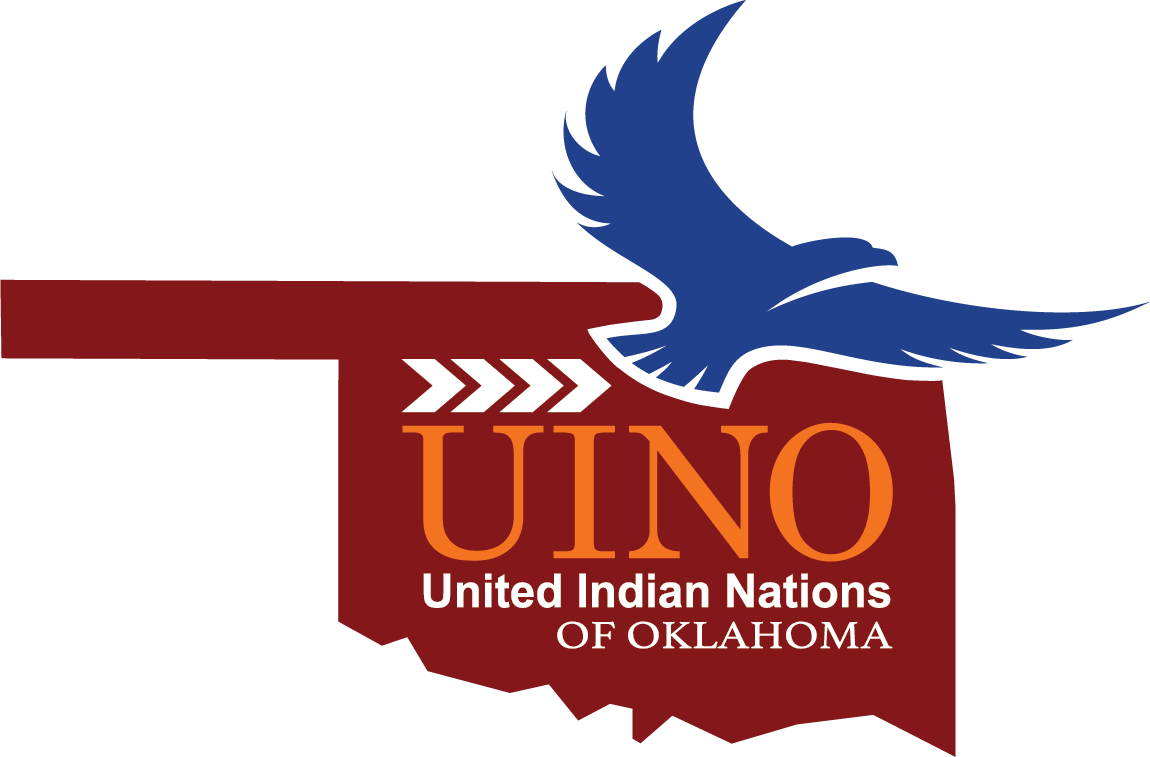
OKLAHOMA CITY — United Indian Nations of Oklahoma (UINO) extends its deepest gratitude to the Oklahoma Legislature for taking decisive, bipartisan action to override Governor Kevin Stitt's veto of House Bill 1137, a critical amendment to Ida's Law aimed at addressing the crisis of Missing and Murdered Indigenous People (MMIP) in our state.
In a strong show of unity, the Oklahoma House voted 91–0, and the Senate followed with a 40–4 vote to ensure that the state no longer waits on federal dollars to fund a fully functioning liaison office dedicated to MMIP cases.
"This is a powerful and heartfelt step forward in the fight for justice," said Margo Gray, Executive Director of UINO. "We are profoundly grateful to the legislators in both chambers who stood with Native families, survivors, and advocates across Oklahoma. Your votes speak volumes, and your leadership brings us one step closer to the coordination, support, and justice these cases urgently deserve."
House Bill 1137, authored by Representative Ronald Stewart (D-Tulsa), a citizen of the Choctaw Nation, and Senator Darrell Weaver (R-Moore), removes the requirement that the Oklahoma State Bureau of Investigation (OSBI) first obtain federal funds before implementing the MMIP liaison office created under Ida's Law in 2021. The bill garnered overwhelming support from Tribal Nations, law enforcement, Native families, and community organizations nationwide.
"This override tells Native families that their lives matter, their grief has been felt, and that Oklahoma is committed to justice for them and their loved ones," said Ben Barnes, Chairperson for UINO. "Many hands helped lift this veto override over the finish line. We are so grateful to the State House and Senate members, Republicans and Democrats alike, who prioritized decency and law and order, over politics and prejudice. Missing and murdered Indigenous people had champions today."
Oklahoma ranks second in the nation for unresolved MMIP cases, with 690 still open as of January 2025, including 181 in Tulsa alone. Native women and girls remain disproportionately affected, with homicide ranked as the third leading cause of death for Native women aged 15–24. Gray stressed, however, that the MMIP crisis impacts public safety for all Oklahomans.
"The MMIP crisis is not just a Native issue, it's an Oklahoma issue," Gray said. "Lawmakers showed courage and compassion with their votes, and we could not be more grateful. We now look forward to working with the OSBI and our partners in law enforcement and Tribal communities to ensure this office is fully resourced and operational and that families finally get the answers they deserve. We also want to thank our Native and statewide media for educating the public and shining a light on the epidemic of our missing and murdered Indigenous relatives."
Following the veto override, Rep. Stewart made the following comments in a social media post.
“Today, the Oklahoma Legislature demonstrated its unwavering commitment to justice and accountability by overriding the Governor’s veto of House Bill 1137. I am deeply grateful to my colleagues in both chambers—Democrats and Republicans alike—who stood together to prioritize the safety and dignity of Indigenous communities across our state.
This vote is more than a legislative victory—it is a moral affirmation that missing and murdered Indigenous persons will not be forgotten or ignored in Oklahoma. I want to especially thank the families, advocates, and tribal leaders who have fought tirelessly to ensure this moment became possible. Your voices were heard.
Together, we have sent a clear message: our shared future must be built on respect, equity, and action. The work continues, but today, we took a bold step forward.”
Vaccine remains key defense as measles cases rise
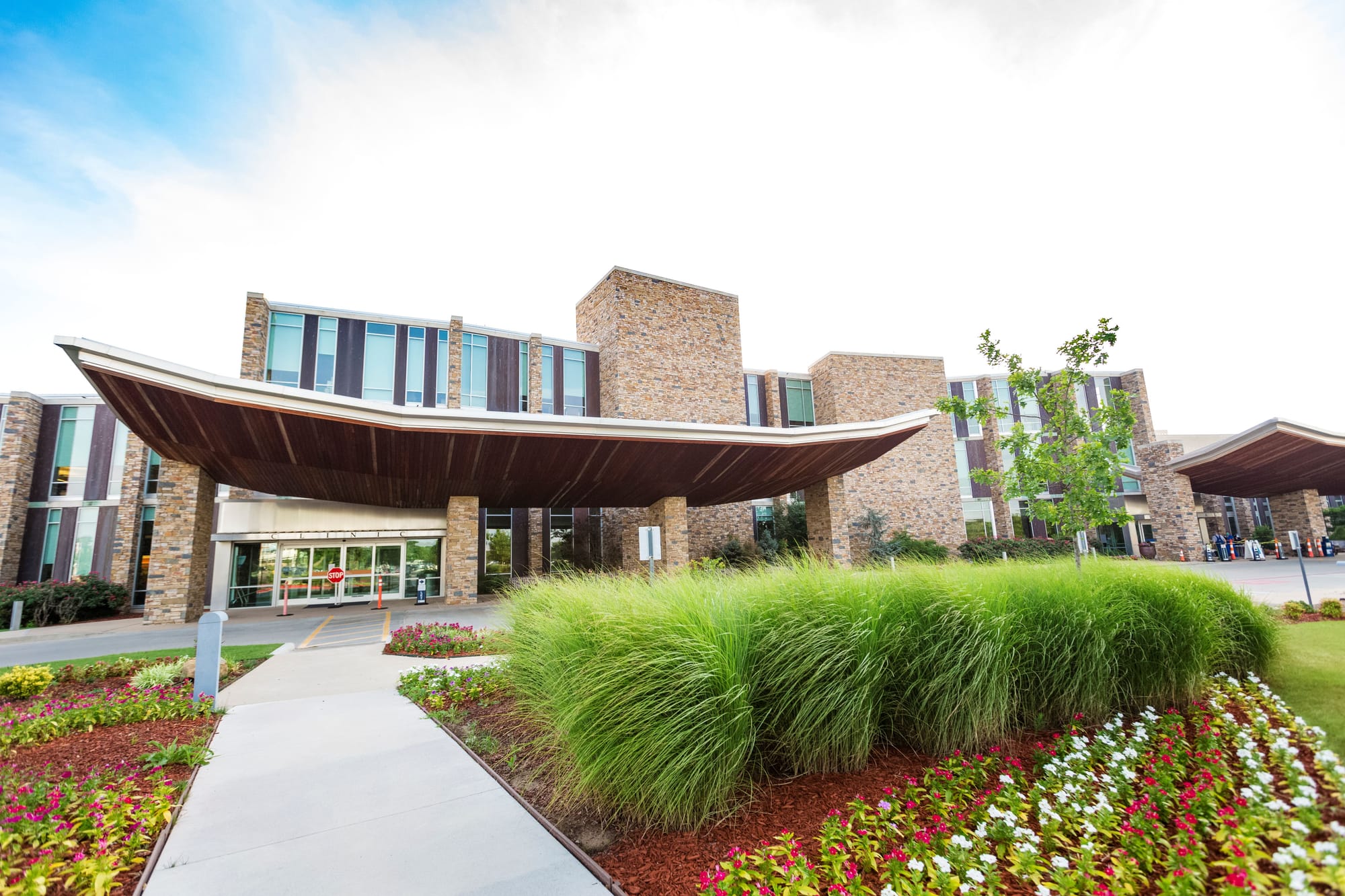
Often considered a disease of the past, measles is making a concerning comeback in the United States.
According to the Centers for Disease Control and Prevention (CDC), 1088 confirmed measles cases have been reported across 33 U.S. jurisdictions this year as of May 29. A total of 285 confirmed cases were reported in the U.S. in 2024.
“Measles is a highly contagious viral disease that causes high fever, cough, runny nose and a characteristic rash,” Chickasaw Nation Medical Center Chief of Pediatrics Dr. Jonathan Walther said. “Complications can include ear infections, pneumonia, encephalitis (swelling of the brain) and, in rare cases, death — especially in young children.”
The CDC defines measles as an acute viral respiratory illness. The virus often appears as a full body rash, beginning on the face and spreading to the lower extremities.
According to the CDC, about 1 in 5 unvaccinated people with the measles virus are hospitalized and as many as 1 in 20 children with the disease will develop pneumonia. Other issues can occur as well.
Not only is measles dangerous, but it is also very contagious. The CDC reports up to 9 out of 10 susceptible people with close contact to a patient with measles will develop measles themselves. The virus is transmitted when an infected person breathes, coughs or sneezes, and the virus can remain infectious in the air for up to two hours after an infected person has left the area.
According to the CDC, the first live measles vaccine was licensed in the United States in 1963.
The decade before the vaccine was approved, approximately 549,000 measles cases and 495 measles deaths were reported each year.
“The MMR (measles, mumps and rubella) vaccine was introduced in the United States in 1971, combining three separate vaccines for measles, mumps and rubella into one,” Walther said. “It was a major advancement in public health. Thanks to the MMR vaccine, these diseases are now rare in vaccinated populations, although outbreaks can still occur when vaccination rates decline.”
After years of consistent vaccination, the measles disease was declared eliminated from the United States in 2000. However, with vaccination numbers steadily declining, measles has the chance of becoming a national threat once again.
“Vaccination is one of the most critical tools we have in pediatric care to prevent serious and sometimes life-threatening diseases,” Walther said. “With global travel and declining vaccination rates in some areas, the risk of outbreaks is real.”
Walther said he and his colleagues work diligently to encourage vaccinations among parents of young children.
“As a pediatrician, I strongly advocate for the MMR vaccine because it not only protects the individual child but also contributes to community immunity — protecting those who cannot be vaccinated due to medical reasons,” Walther said.
Walther said measles vaccines are readily available for children in the U.S. and should be utilized to keep youth safe from the disease. Present-day MMR vaccines protect individuals against all three diseases.
“The CDC recommends that children receive two doses of the MMR vaccine,” Walther said. “The first dose is given at 12-15 months of age, and the second dose is typically administered at 4-6 years, before starting school. In certain cases, such as during an outbreak or for international travel, children may receive the vaccine earlier. It is best to have a discussion with your pediatrician to see if early vaccination is needed.”
Walther hopes to work with parents of pediatric patients to make the best decision for their children.
“I understand that parents want to make the best choices for their children, and it's normal to have questions,” Walther said. “I always encourage open conversations based on facts. The MMR vaccine has been extensively studied and monitored for decades. It's safe, effective and far less risky than the diseases it prevents. The complications from measles, mumps or rubella can be severe, and vaccination is the best defense we have.”
For more information, visit ChickasawNationHealth.net.
